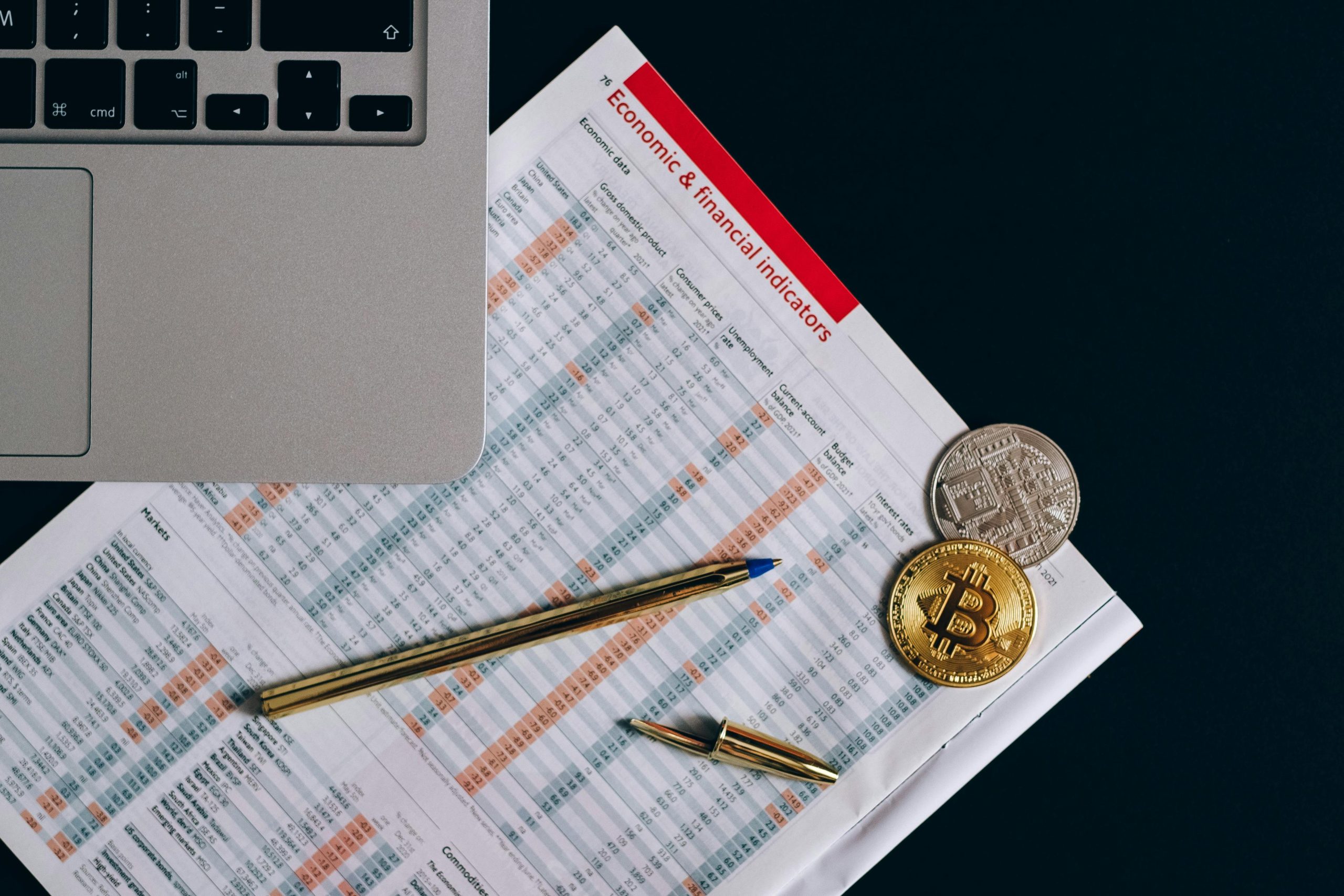Understanding the economy can seem overwhelming, especially for beginners. However, certain key economic indicators provide valuable insights into the health and direction of an economy. These indicators help investors, policymakers, and everyday individuals make informed decisions. In this article, we’ll explore the top five economic indicators every beginner should know, explaining what they measure and why they matter.
1. Gross Domestic Product (GDP)
Gross Domestic Product (GDP) is the most widely recognized measure of a country’s economic performance. It represents the total monetary value of all goods and services produced within a nation’s borders over a specific period, usually a quarter or a year.
Why GDP Matters
GDP provides a snapshot of economic health. A growing GDP indicates a thriving economy, while a shrinking GDP suggests a recession. Policymakers use GDP data to adjust fiscal and monetary policies, while businesses rely on it to plan investments and expansions.
Types of GDP
- Nominal GDP: Measures output using current prices.
- Real GDP: Adjusts for inflation, providing a more accurate growth measure.
2. Unemployment Rate
The unemployment rate measures the percentage of the labor force that is jobless and actively seeking employment. It is a critical indicator of economic health and labor market conditions.
Why the Unemployment Rate Matters
High unemployment can signal economic distress, while low unemployment often indicates a robust economy. Governments and central banks use this data to implement job creation programs or adjust interest rates to stimulate hiring.
Limitations
The unemployment rate doesn’t account for underemployed workers or those who have stopped looking for jobs, so it’s often analyzed alongside other labor market data.
3. Consumer Price Index (CPI)
The Consumer Price Index (CPI) tracks changes in the prices of a basket of consumer goods and services, such as food, housing, and transportation. It is a primary measure of inflation.
Why CPI Matters
Inflation erodes purchasing power, so CPI helps individuals and businesses anticipate cost-of-living increases. Central banks, like the Federal Reserve, use CPI data to set interest rates and control inflation.
Core CPI vs. Headline CPI
- Headline CPI: Includes all items, including volatile food and energy prices.
- Core CPI: Excludes food and energy to provide a clearer inflation trend.
4. Interest Rates
Interest rates, set by central banks, influence borrowing costs for consumers and businesses. They are a powerful tool for managing economic growth and inflation.
Why Interest Rates Matter
Lower interest rates encourage borrowing and spending, stimulating economic growth. Higher rates curb inflation by making loans more expensive. Investors watch rate changes closely, as they affect stock markets, bond yields, and currency values.
Key Rates to Watch
- Federal Funds Rate (U.S.): The rate banks charge each other for overnight loans.
- Prime Rate: The rate banks offer their most creditworthy customers.
5. Retail Sales
Retail sales measure the total receipts of retail stores, reflecting consumer spending patterns. Since consumer spending drives about 70% of the U.S. economy, this indicator is crucial.
Why Retail Sales Matter
Strong retail sales suggest consumer confidence and economic growth, while weak sales may indicate downturns. Businesses use this data to adjust inventory and marketing strategies.
Seasonal Adjustments
Retail sales data is often adjusted for seasonal variations (e.g., holiday shopping spikes) to provide a clearer picture of underlying trends.
Conclusion
Economic indicators like GDP, unemployment rate, CPI, interest rates, and retail sales offer valuable insights into an economy’s health. By understanding these metrics, beginners can make better financial decisions and stay informed about economic trends. While no single indicator tells the whole story, together they provide a comprehensive view of economic conditions. Keep an eye on these five indicators to navigate the complex world of economics with confidence.
